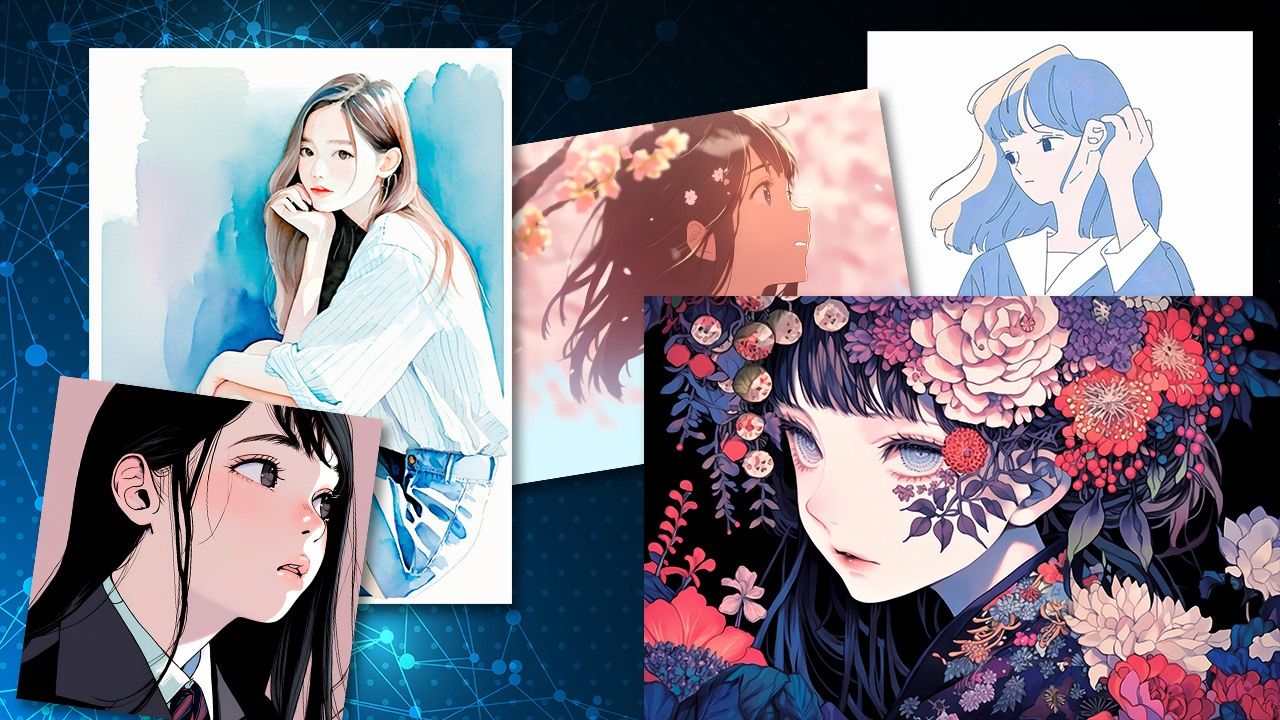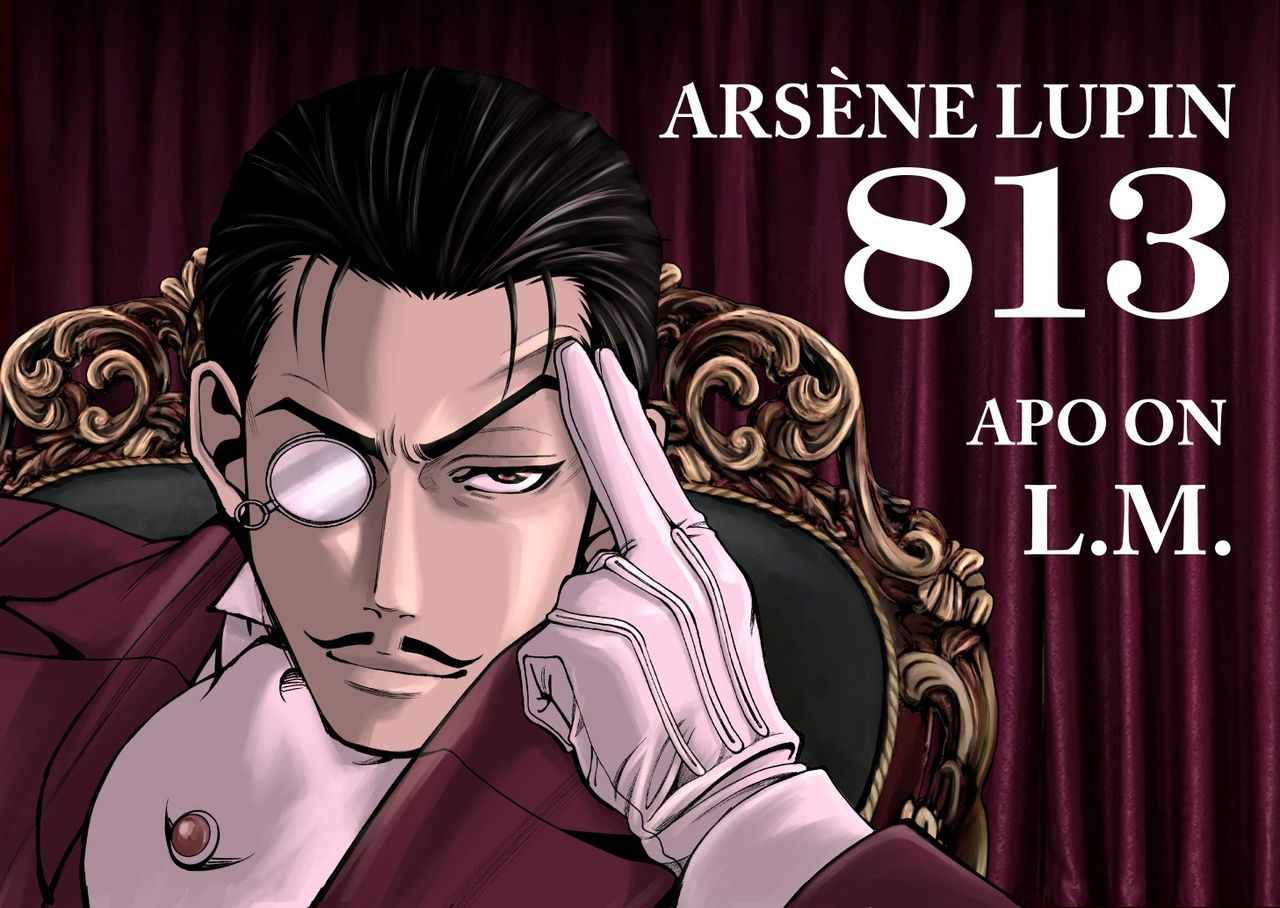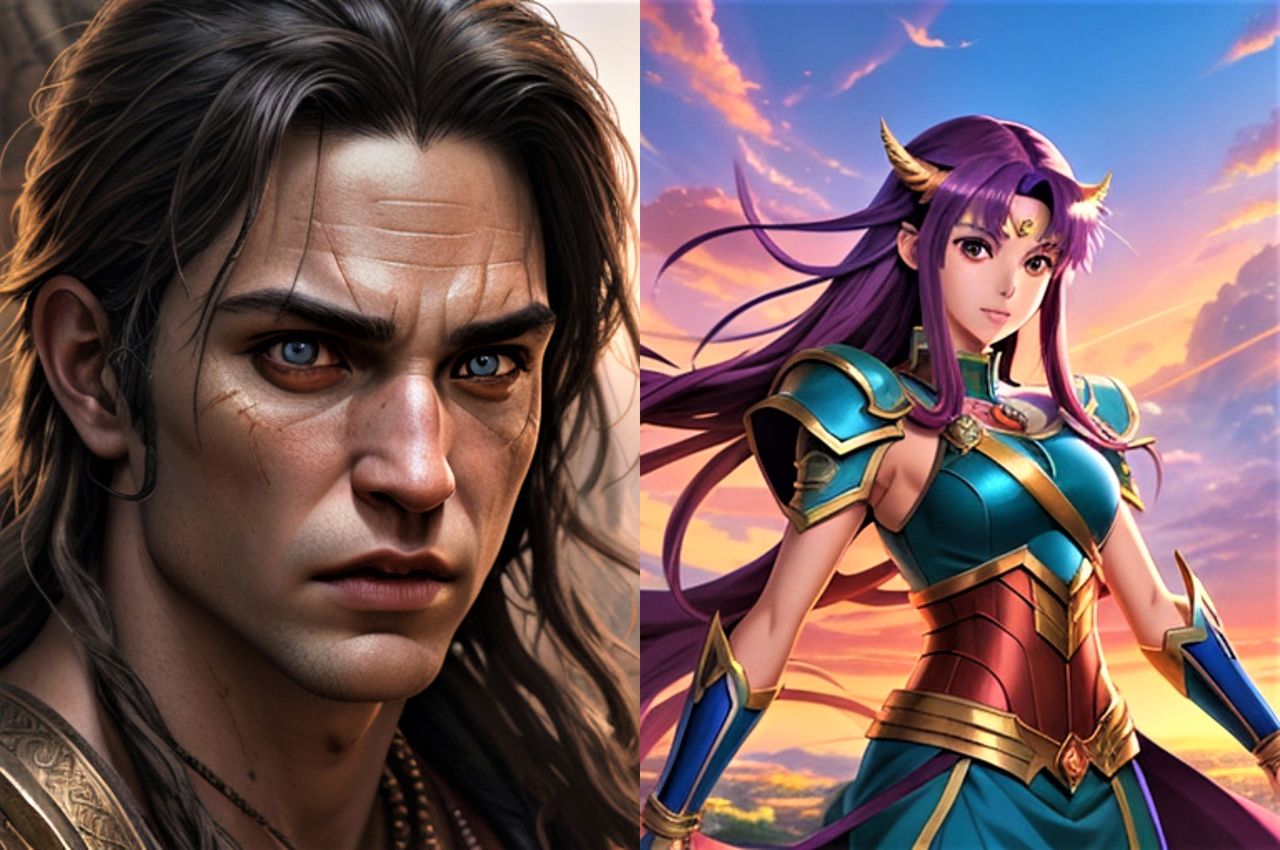
Drawing the Future: Japanese Manga Professionals Discuss the Potential Transformations AI Could Bring
Manga Anime Work Technology Society- English
- 日本語
- 简体字
- 繁體字
- Français
- Español
- العربية
- Русский
Ripples in the Manga Industry
As part of the recent uptake of AI technology across a range of fields, new services allow anyone to easily create high-quality images. With AI, there is no longer a need for advanced skills. Yet alongside hopes surrounding this democratization of visual expression, there are fears over creators losing their jobs, as well as issues related to copyright.
Some major publishers are said to already be unofficially asking contributors not to use AI image generators, while the suspicion alone that illustrators are deploying AI has attracted fierce online attacks and sparked furious debate.
What do Japan’s many frontline manga creators think about this question, where ideas about respect for artists are tangled up with the potential for revolution? In this article, I’d like to share their views.
“AI pictures are high-quality,” Morita Takashi says. “Some people are publishing amazing works. But diamonds are valuable because they’re rare, so there’s a concern that if pictures are easy to produce, they’ll slump in value. At the same time, though, it must have been tough for artists using analog methods when digital artworks started becoming mainstream. The same kind of thing must have happened even longer ago, when photography and film first appeared.”
Morita made his debut in Shōgakukan’s Shōnen Sunday Chō in 1997. His Kaitō Rupan den abanchurie (A Story of Arsene Lupin, Aventurier) first appeared in Kōdansha’s Evening magazine from 2011. He now self-publishes the manga in electronic form.
Morita’s manga reimagining of the legendary Lupin, who first appeared in books by the French writer Maurice Leblanc, is even a hit in France since its release there last year. As of December 2022, the French translation had sold more than 100,000 copies. With total global sales of 400,000, the series is currently publishing an ongoing story based on Leblanc’s work 813.

Morita’s Lupin manga has fans around the world, including Omar Sy, the star of the popular Netflix drama Lupin, who has spoken of it in interviews. (© Morita Takashi)
Morita says, “Technological progress has allowed many to perform what previously only a limited number of people could do.”
It is true that the emergence of new technologies has been transformative for the world of creative expression. For example, materials that would once have required enormous time and expense to gather are now easily available through a simple search in the National Diet Library digital archives. I am aware that in another age, I may never have seen a single article of mine published, but digital technology has democratized the writing process. The same phenomenon certainly takes place in music and other fields.
With AI image generation, anyone will be able to casually turn their experience and knowledge into manga form. This will certainly broaden visual expression. “But while I’ve been fascinated trying out lots of different ways of using AI, I have to admit to feeling it’s more limited than I imagined,” Morita comments. “Although I only mean at its present stage.”
The limitations of current AI are related to the core issue of what expression actually is. AI images have an extremely high level of technical quality. But is technique enough to move people’s hearts? Whether a work is created by AI or by hand, that is only the method, while the important thing is the purpose. People are needed to create purpose, and Morita says that he enjoys works in which he can sense the presence of whoever is drawing it.
In March 2023, Morita was invited to France, where he participated in many interviews. The question he was most often asked was, “Why, as a manga writer from distant Japan, did you feel so much emotional attachment to Lupin?” In other words, there was interest not only in the fact of his having made a manga about Lupin but also in his expressive purpose, or to put it another way, in his character as an author.
AI Limits
AI, however, is only a tool for output based on existing pictures. The creator’s personality comes through in the selection of the output, which is still heavily swayed by chance. Users have to repeat the process until they get the pictures they want, so it actually takes a long time to impose their individuality.
I put it to Morita that Lupin’s British rival Sherlock Holmes is still branded almost as if with royal approval. Meanwhile, Lupin himself is a hero of revolutionary France, and a rebel against the privileged class.
“So, I have to support the democratization of expression,” laughs Morita. “Joking aside, I’ve benefited personally from many kinds of technologies. So, I can’t dismiss another new technology, just because it sets foot in my own territory. I think the map of the industry will be redrawn, and I hope a lot of people, including myself, apply AI to build a richer world.”
What about the fear that AI will steal creators’ jobs? A working editor at a major manga publisher, says, “I think it won’t greatly affect people already working as professionals who have a firm fanbase.”
This editor is a veteran who has long participated in Comic Market (Comiket), where the focus is on distribution of self-published works. He has taken a producer role on a number of hits that have been adapted into anime. (Here he appears anonymously as his opinions are his alone, and do not represent his company or editorial team.)
He has a similar attitude to that of Morita. The editor says that the AI-created works he has seen at Comiket are extremely high-level, and if it was 10 years earlier, he would ask to be introduced to the artist.
However, the ultimate goal of professional manga artists is to produce pictures that nobody has even seen before. AI art, on the other hand, inherently contains a sense of déjà vu. So, while it is highly convenient as free material, it will need more time before it can touch the deepest parts of people’s hearts—and take away working creators’ jobs.

Artwork produced by the author using the AI tool Stable Diffusion. It is simple to create art of this level of quality.
Imagining New Forms of Expression
The editor does feel some concern about the future, though. If it is easy to produce high-quality visuals, there may be a plunge in the number of people who will work to polish their own skills.
Many aspirants are essential to keep a genre lively. So, there is certainly a pragmatic risk. At the same time, he sees reason to be excited. “This is a time of great transformation when paradigms are shifting, and a new kind of talent may emerge that was previously unimaginable. People may take more adventurous tacks, using outrageous combinations in their prompts that result in works of art the likes of which haven’t been seen before. This is the kind of skill that might develop. And so there’s also this exciting aspect, which is why I find the appearance of AI to be interesting.”
What advice does he have for would-be creators in the AI age? “You can really use AI to make your work more efficient. It’s best to apply it where it’s useful, but you still need to preserve your individual reality.” Certain timeless advice remains valuable. He recommends that one should read books and watch films, as well as acquire all kinds of experiences. He says that it is also important to imitate others’ works, but always while thinking, “What would I do?”
As one final point, the editor says, “It’s important to make wise use of the tools available to us. There are ambiguous areas in the real world. Trying to treat this ambiguity with overly strict approaches can suck the life out of a genre. But applying tools with too little restraint can also attract criticism. If you want to be a professional, you have to get the measure of things, and make appropriate use of helpful tools.”
Even if AI provides the output, this is only a question of the method. The important thing is to have a goal of what it is one wants to convey to others. Here, both manga creator and editor agree.
Image creation is an extremely handy tool. It is already indispensable to some creators, who use it to more efficiently design small items and other objects that appear in their work.
But if AI ever takes away jobs from creators, it will be because it has attained individuality, or what we might call the authorial spirit. This might be some way in the future or just a month away, but it would bring a transformation to the world of expression.
Morita says, “If AI comes to have its own purpose, it won’t only be a change for expression. A great wave of transformation will come over the world. So the only thing to do would be to get excited and enjoy the new age.”
(Originally published in Japanese on September 25, 2023. Banner images taken from examples on image website Pixta with the tag “generative AI,” and arranged by Nippon.com. There are many pictures of girls with this tag, all at a professional level with a variety of styles. © Pixta.)